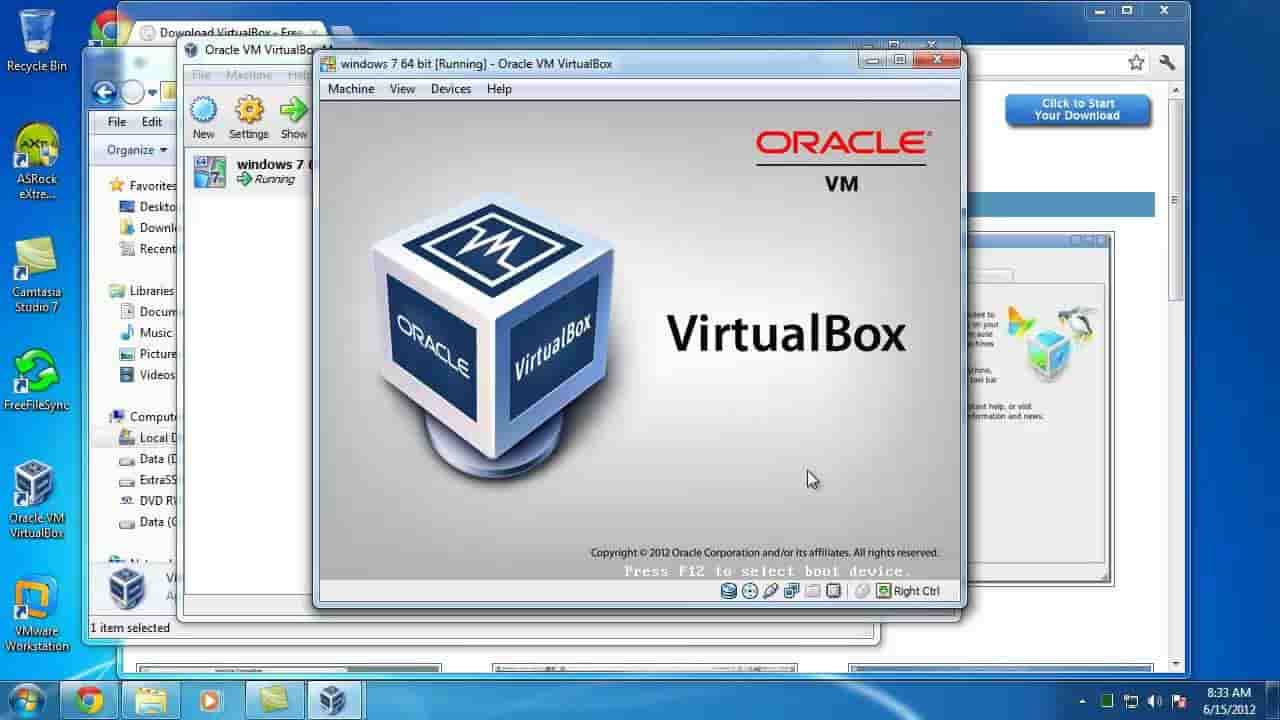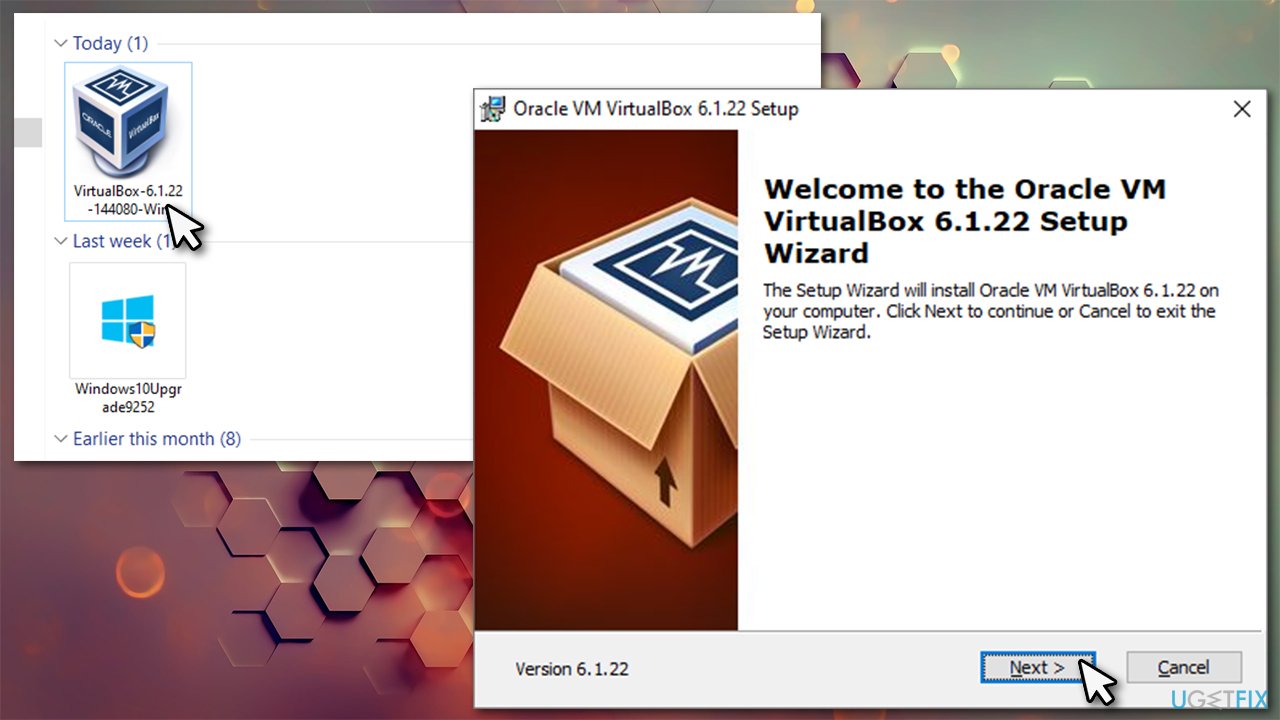

Vboxmanage modifyvm $name -memory 4096 -vram 128 Vboxmanage createvm -name $name -ostype Windows10_64 -register -basefolder `pwd` # Create a virtual machine named "windows-10-enterprise-bob" from and ISO # Follow the download instructions for your region at # Use VBoxManage to create a VirtualBox VM from an evaluation copy of Windows 10

# create-windows-enterprise-vm-from-iso.sh Here are the virtual box commmands I've used on Ubuntu 22.04 with VirtualBox version 17.0 to install the evaluation copy of Windows 10 Enterprise. dvi on the same partition as my Linux install or whether or not Windows will still activate.

Just this clarification is all I need in the near-term to save time, however, any further advice is welcome since this will likely prove an arduous task later on, like considering whether it is okay to keep the. dvi images at once? notwithstanding the fact that the efi bootloader was already configured to dual-boot Ubuntu, (so having two bootloaders = 2×hairpulling)

I created a separate disk image for each one of these for thoroughness but I don't know if this is necessary or if the C:drive is all that is required for the VM. Something that does not get mentioned in any of the Q&As I have read is the fact Windows 10 comes with four partitions (the main system "C:drive", the reserved partition, the recovery partition, and the efi boot partition). The latter conversion is a built-in feature of VirtualBox that I have tested and seems to work. vmdk format to boot virtually that way or convert the. Now that I have installed VirtualBox the options are to either to burn the disk images back to a physical drive and use the. Ubuntu saved each of them in its preferred. To start with I simply used Ubuntu to create disk images of my Windows partitions with the intent to restore them as a virtual machine. I have instead decided to use my Linux install as my main system and run Windows virtually from it on the same device. I have A PC that had previously dual booted Ubuntu 20.04 and Windows 10.


 0 kommentar(er)
0 kommentar(er)
